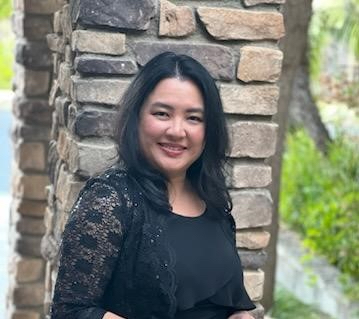Oscar Nominated VFX Supervisor Paul Lambert on Turning the Worm in “Dune: Part Two”
Just nominated for his fourth Oscar for Dune: Part Two, VFX Supervisor Paul Lambert is a three-time Oscar winner—for Damien Chazelle’s First Man and two of director Denis Villeneuve’s films, Blade Runner 2049 and Dune: Part One. Having now worked on three of Villeneuve’s films thanks to Part Two, he has developed a shorthand with the director that makes overseeing hundreds of visual effects staff across multiple VFX houses go as smoothly as possible. “We have a very similar sensibility. We had an instant connection on the set of Blade Runner 2049,” Lambert says. “There was a day when we were both watching the screen, and he started talking about negative space, what he saw, and what it meant to him. That’s when I knew he’s a visionary director.”
We recently talked to Lambert about the exhilarating sequel that picks up after the House of Atreides was defeated by the Harkonnens following a devastating ambush in Part One. Once the heir, Paul Atreides (Timothée Chalamet), and his mother, Lady Jessica (Rebecca Ferguson), find refuge with the Fremens on the desert planet Arrakis, they combine forces to mount an insurgency against the Harkonnens’ tyrannical rule.
What makes Denis’ projects so much fun to work on?
The great thing about working with Denis is there aren’t any big egos. Everybody’s trying to do their best work, which always benefits me because I need the best in order to augment what’s been shot.
I’ve read that Denis likes to shoot practically as much as possible. How do you avoid using synthetic light to match the natural light captured in the practical shots?
We never intended to replicate the desert light in a studio, even though it would’ve been so much easier. Denis wanted natural light, so we had to chase the sun. Scenes that required sunset meant we had to keep going back to the same spot every day at the same time until we got it.
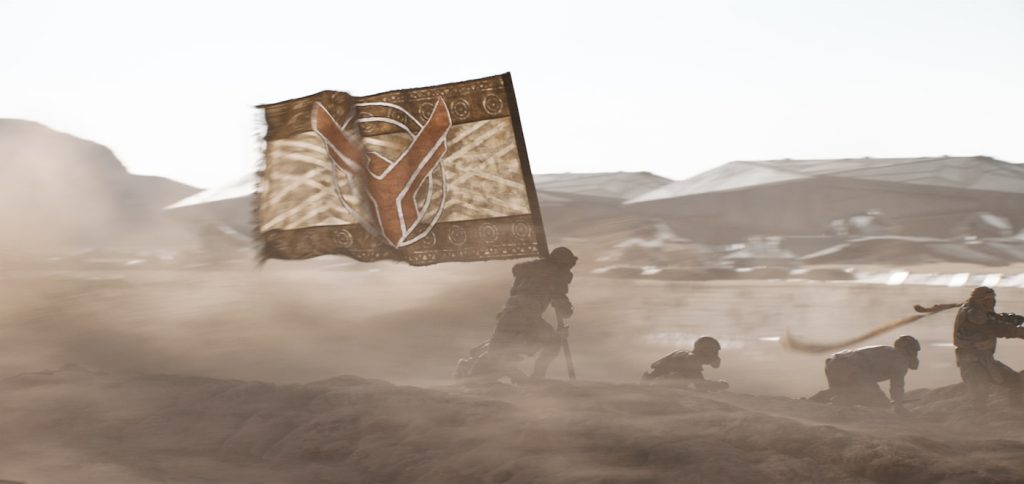
How much of the action sequences were extended from real shots versus entirely created digitally?
We try to add to the plate photography rather than replace it. I’m a big believer that VFX shouldn’t try to change too much. When we’re on the sand dunes, we had a lot of helicopter plates, with the helicopter flying really low to sweep across the sand. Then, we sped those up. When we had to turn the sandworm during a sequence, it was too dangerous to fly a real helicopter straight towards the dune. So, that dune was a CG dune placed on top of the aerial plate.
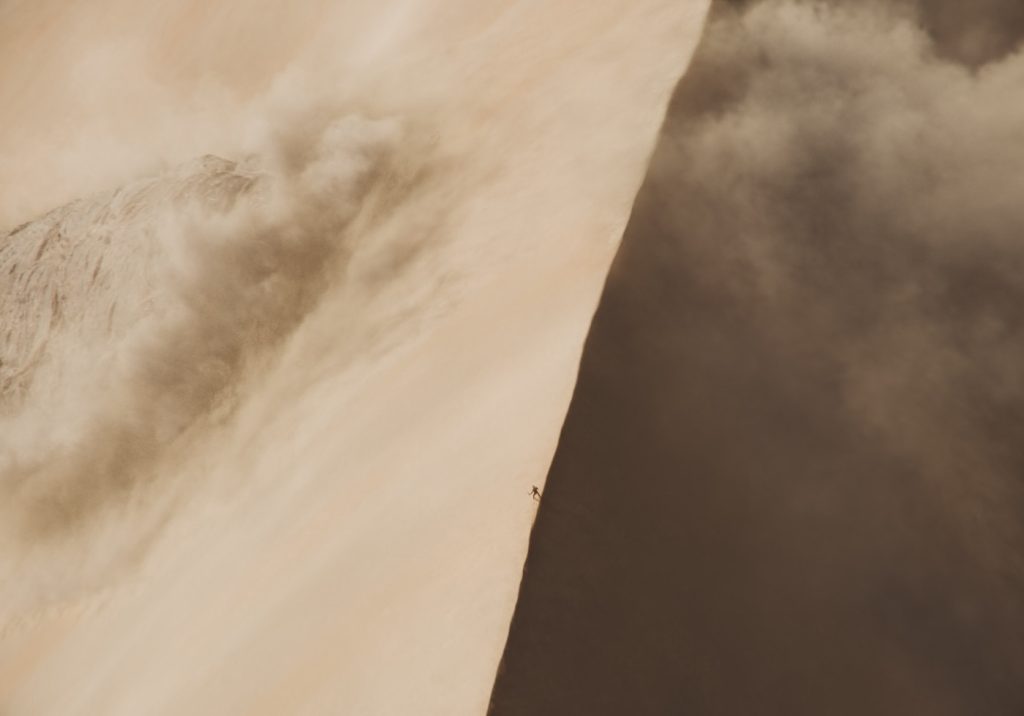
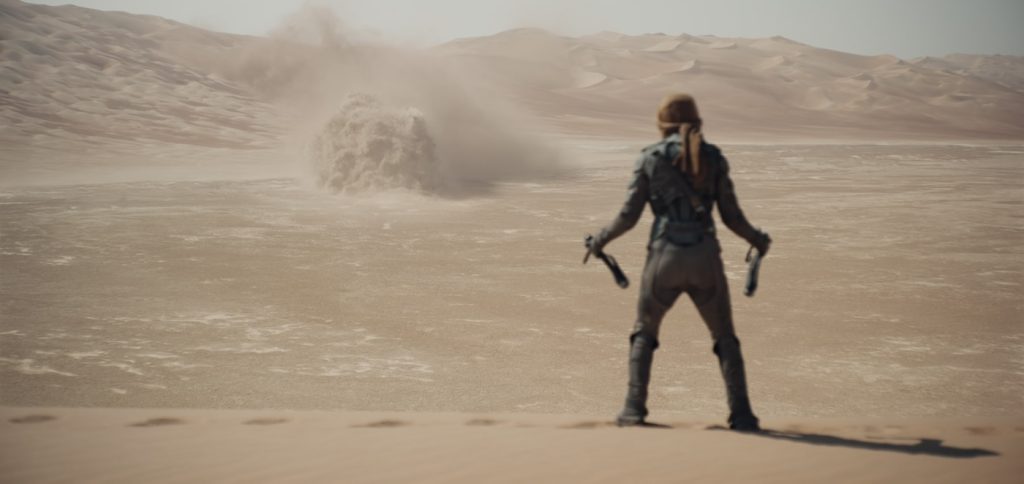
Whenever the worm travels through or crashes into the sand, we changed that section of the dune. If you can retain things in the plate, when you’re doing extensions, you always have the reference point of what was there in the first place, as opposed to never going into the desert and making it all up [digitally], because then, you’re spending all your time trying to make something believable. But if you shoot practical and then augment what you’ve shot, you’re already in a place where things are believable. So even though we had a multitude of shots that were CG, we always had a plate first, so we knew the amount of light, shadow, contrast range, etc. I always compare it to the plate, and if it feels different, then it gets kicked back.
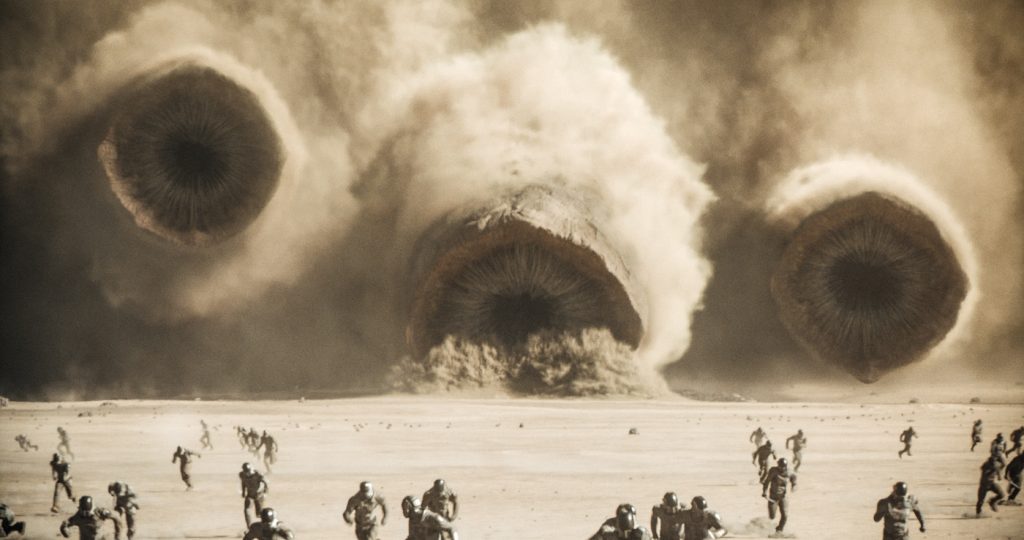
What are the major differences compared to Part One?
Since this story comes directly after Part One, you might assume it’s plug-and-play with everything we had created for the first one. But absolutely everything changed! I think there’s one shot in Dune Two that uses the original ornithopter from Dune One. Every set is in a different place now. The ornithopters became Harkonnen with the design change, so we had to build that digitally. The Harkonnen troop carrier was even bigger, and we built that digitally, too.
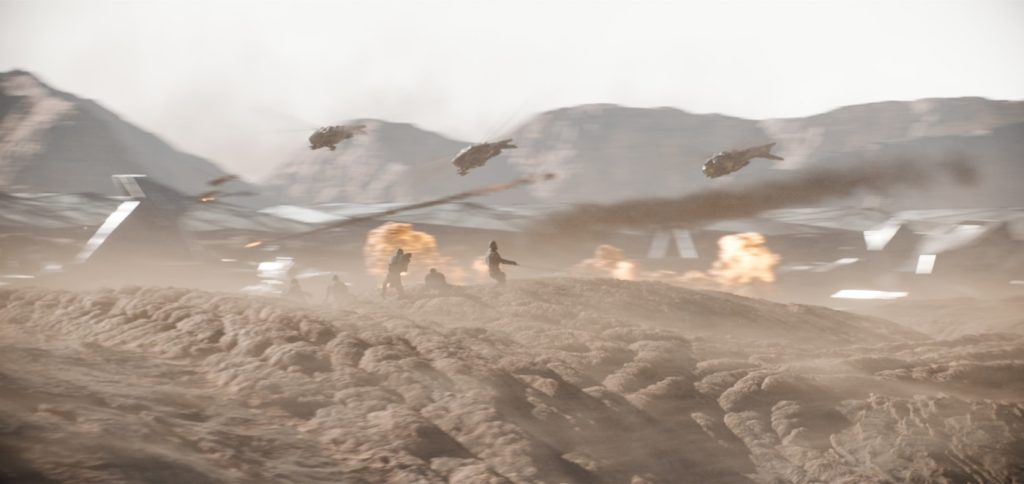
We barely saw the sandworms in Part One, but now we have several pulse-pounding worm-riding sequences with Paul on Arrakis.
Since we now have Paul riding on the worm, you see its skin so much closer. So, that was redone at a much higher scale. The art department built a version of the worm with a gimbal on it for the stunt performer, Paul (Chalamet) or Chani (Zendaya), to ride on it. We could twist it around and turn it towards the sun and get all that motion. We spent a month in Jordan and another month in the UAE, compared to seven days on the first film.
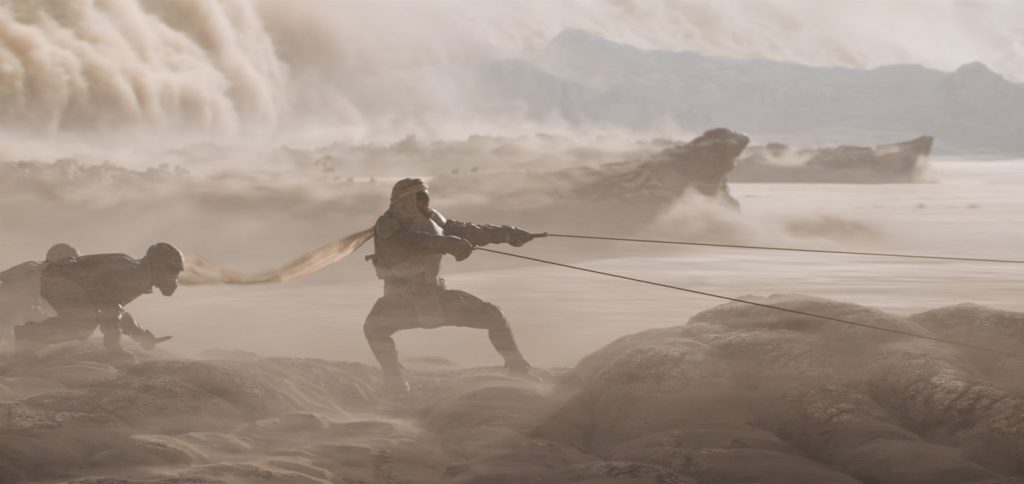
When Paul, Chani, and the Fremens take out the spice crawlers, that was all done in the UAE. For that, we had to build roads and concrete plates in the desert to use the cranes and tractors. Each leg on the spice crawler is a tractor with an art department leg that we moved around to get the correct shadows when the actors ran in between the legs. Then, I extended that out.
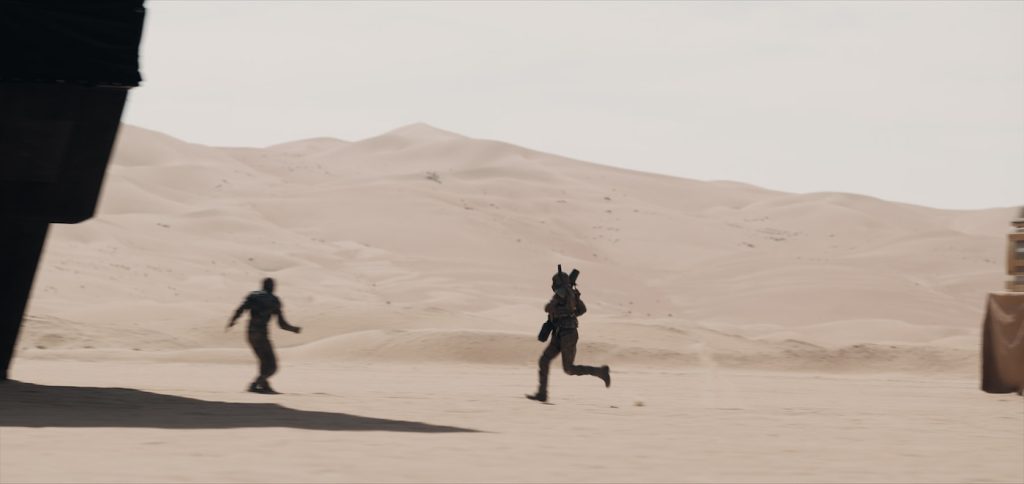
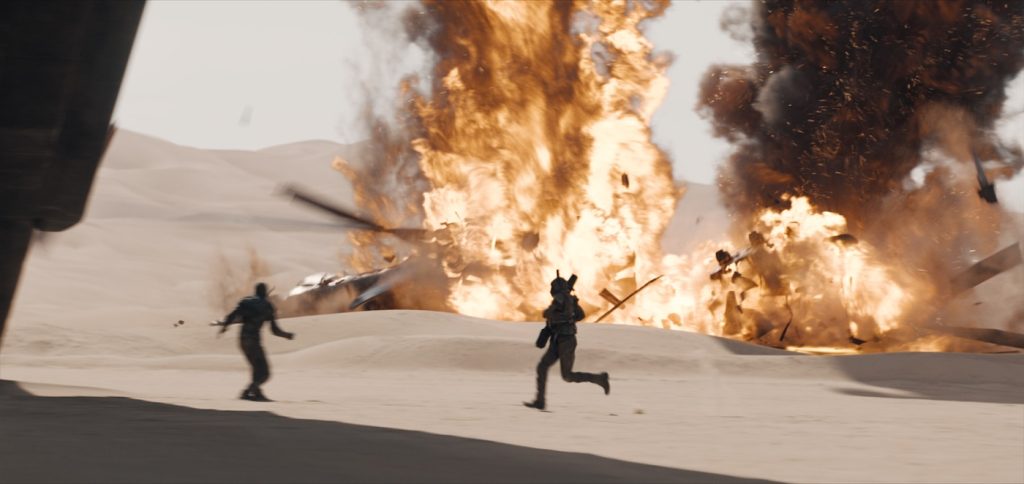
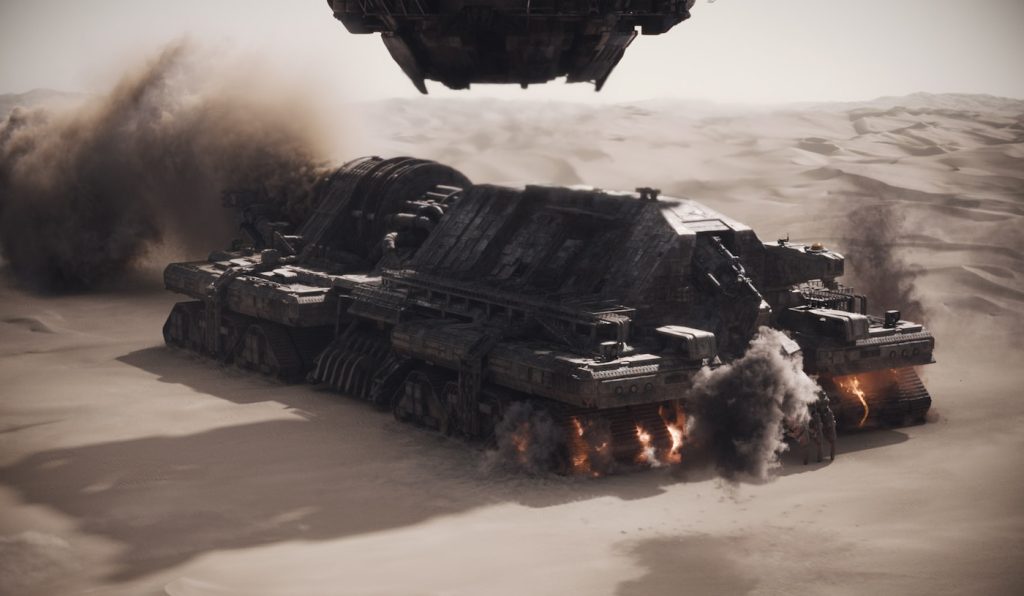
Speaking of sandworms, when the water master extracts the Water of Life from the baby sandworm, was that special effects or fully digital?
That was done with a practical puppet and three puppeteers with sticks and a string pulling on the puppet worm. We painted out the people in the frame and added a bit of compression to the worm skin, to make it look more like an accordion.
Lady Jessica is pregnant with baby Alia, and they communicate telepathically from inside the womb. Is that all CGI or some form of animatronic/special effects?
Baby Aliyah was a prosthetic in liquid inside a glass tank. We spent a long time coming up with the combination of the liquid, light, and movement to make that work. We shot hours of that footage to have her move in a realistic way. Then we changed her eyes in CG just to add the small sub-blink. That was a great collaboration between the practical and the digital—it’s always about what’s best for the shot.
Check back tomorrow for part two of our chat, where Lambert goes into more detail on the epic worm-riding sequences and how shooting in infrared presented an unexpected challenge.
Featured image: A shot of the sandworm during digital construction in “Dune: Part Two.” Courtesy Warner Bros.

